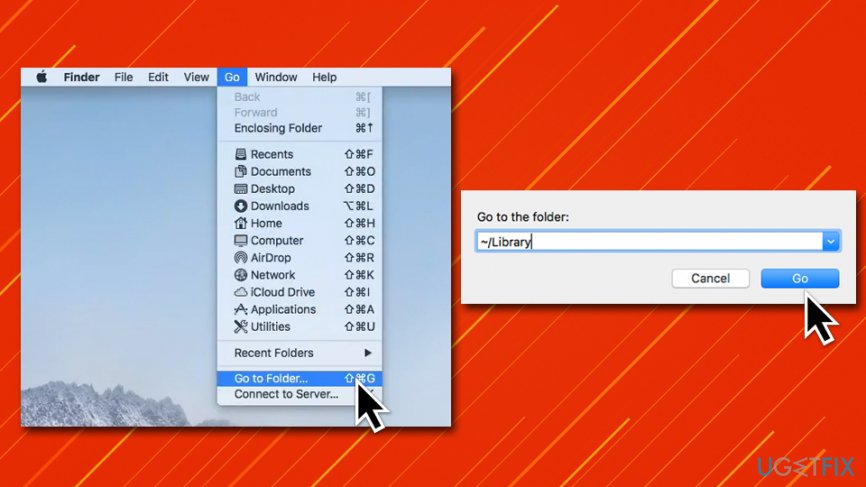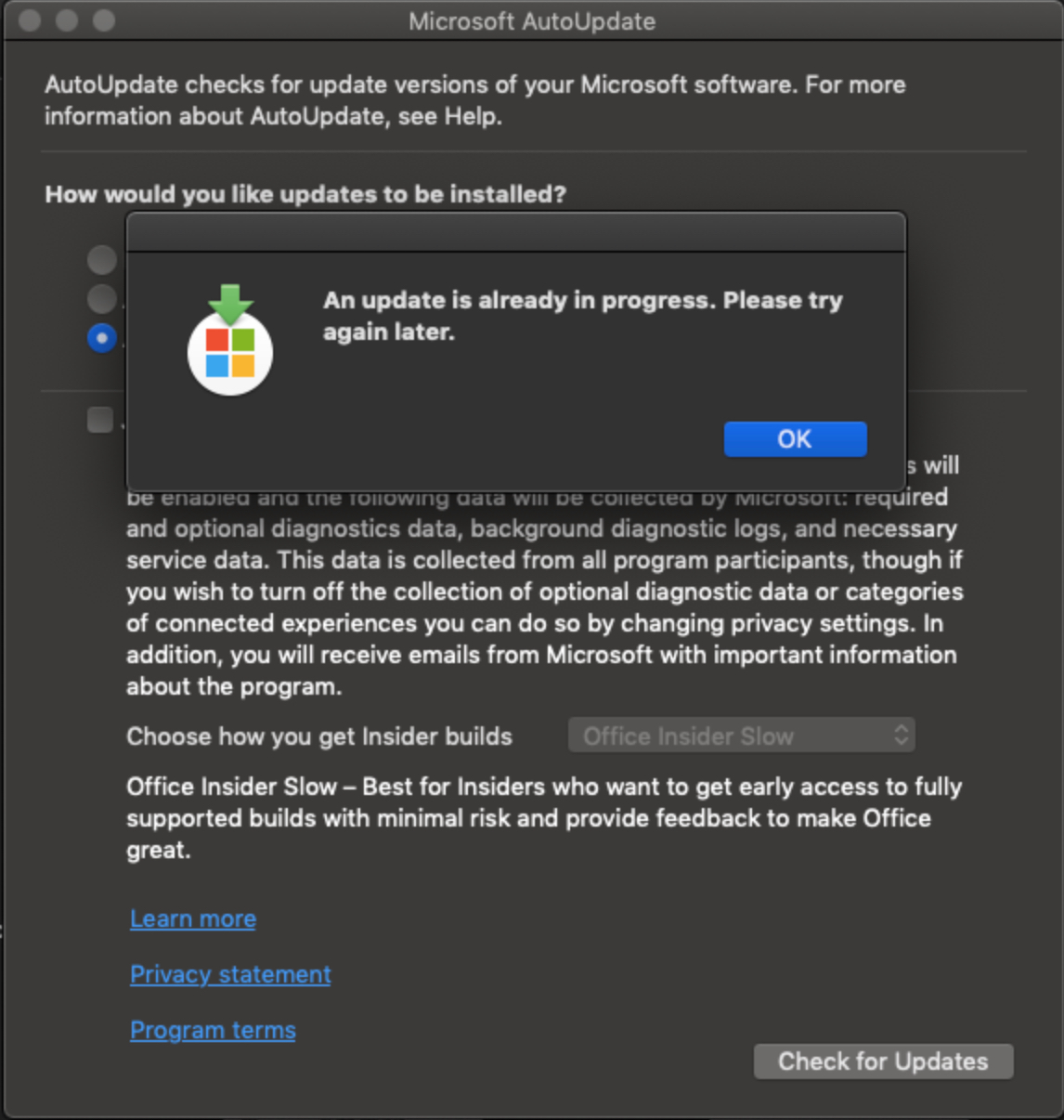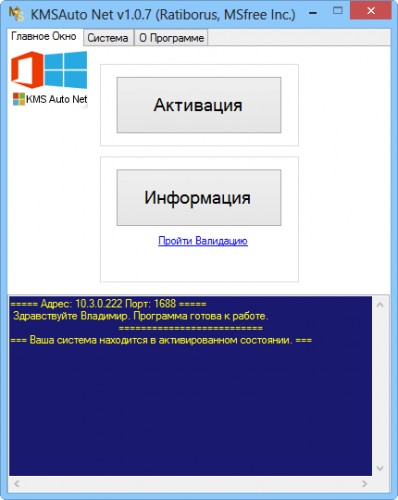

If you still want to have and use Microsoft apps on the Mac, deleting the Microsoft AutoUpdate application may lead to some unintended consequences besides having outdated software from Microsoft, so it’s probably best to not remove it if you’re a heavy Microsoft software user, whether that’s Microsoft Office, Word, Outlook, PowerPoint, Excel, Edge, or anything else. Locate “.plist” and add it to the Trash.From the Finder, select the “Go” menu and “Go To Folder” entering the following path:.Once the LaunchAgents directory opens up, find the following entries in it and move them to Trash: .plist. Type or paste the following string in the folder search dialog: /Library/LaunchAgents. You can also delete “” if you find that running in the background on a Mac: Expand the Go menu in Apple Finder and select Go to Folder.

To restart Autoupdate, open an Office application. Once quitted and its record on CPU is removed, close the monitor. Under the processor name find Microsoft AutoUpdate. Now navigate to Activity Monitor and open it.
#MICROSOFT AUTOUPDATE 4.31.21011103 UPDATE#
With Microsoft AutoUpdate deleted, Microsoft AutoUpdate will no longer be on the Mac or run to update software automatically. Step by step process to quit and restart AutoUpdate: Firstly, open Launchpad.

From the Finder of MacOS, pull down the “Go” menu and choose “ Go To Folder” (or hit Command+Shift+G) and enter the following path:.This will delete the Microsoft AutoUpdate app from the Mac:

#MICROSOFT AUTOUPDATE 4.31.21011103 HOW TO#
How to Remove Microsoft AutoUpdate from MacOS You can also forcibly quit the Microsoft AutoUpdate app from Activity Monitor if needed. Excel and Word are now stuck on 0202, and Outlook is stuck on 1705 Unless any help forthcoming from here, I guess I'll just switch to 'Current C. Aus unerklärlichen Gründen hängt sich mein MacBook ab und zu kurz auf und dann kommt immer Datei überprüfen (mit dem Sicherheitssymbol und einem Ladebalken. To change the channel only for Microsoft Defender for Endpoint on macOS, execute the following command after replacing channel-name with the desired channel. If Microsoft AutoUpdate is currently running you’ll need to quit out of the application first. I'm on 'Current Channel (Preview)' and have not been able to do any updates since 4th February, except an update to AutoUpdate 4.44. Hallo Zusammen, ich habe leider seit ein paar Wochen ein Problem mit meinem 2016er MacBook Pro. This setting changes the channel for all applications that are updated through Microsoft AutoUpdate. The default checking interval has changed from 12 to 13 hours so that update times are staggered.This significantly reduces the amount of down time for app updates Enhancement to deadline feature so that the clone is updated and verified before the user sees the final countdown.


 0 kommentar(er)
0 kommentar(er)
